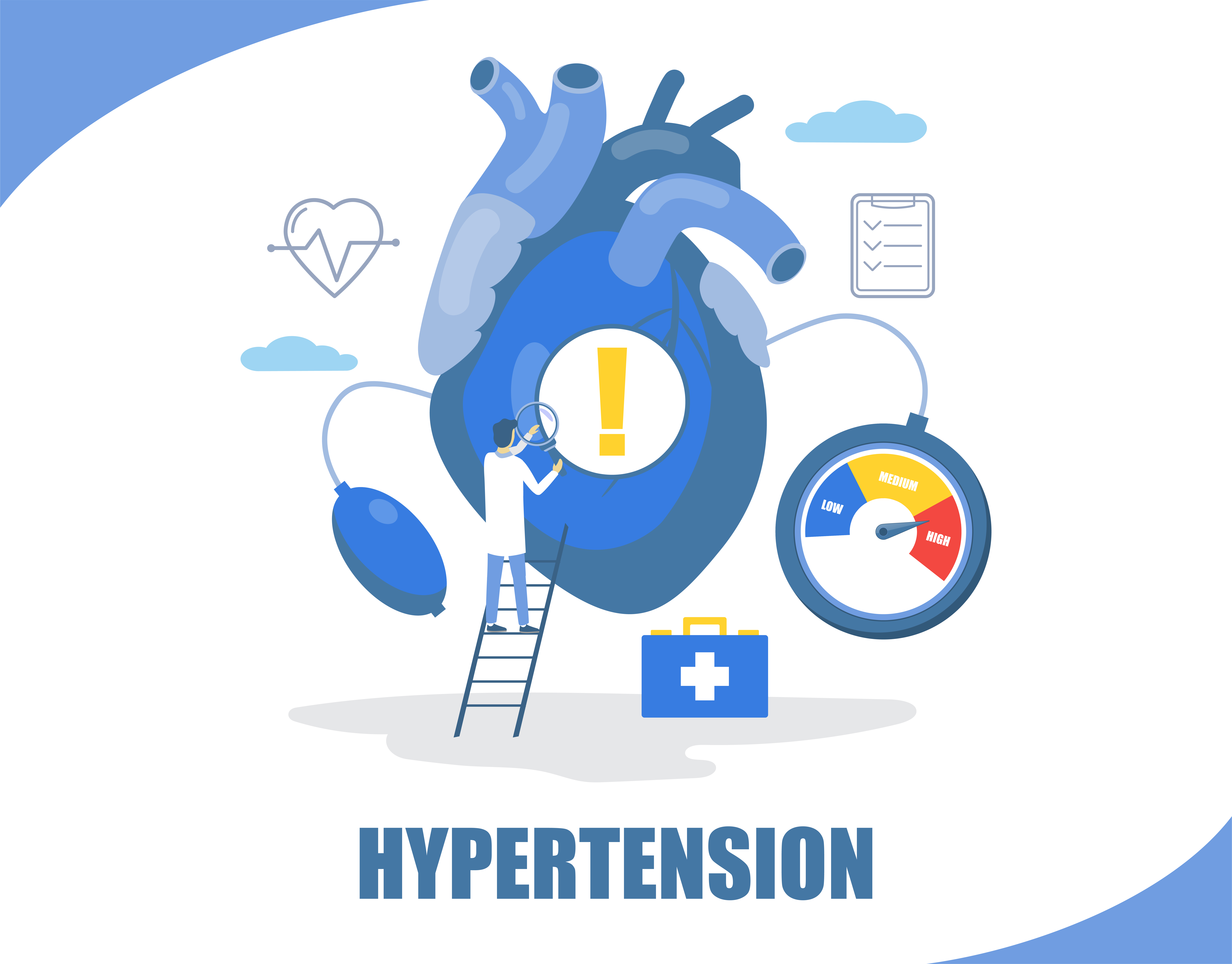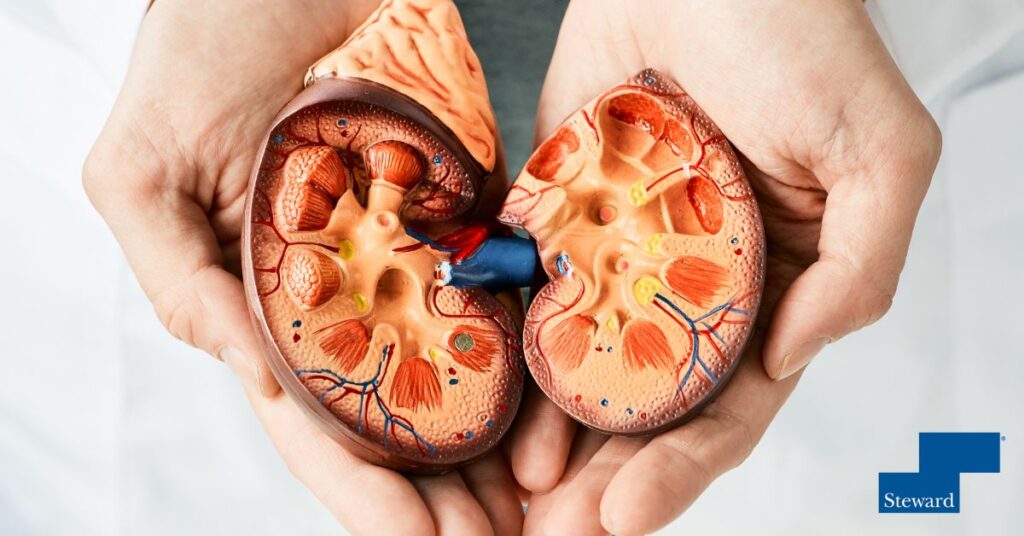Facts on Hypertension
Robert Watine, M.D., Barefoot Bay Internal Medicine
What is hypertension?
Hypertension is another term for high blood pressure. Generally, high blood pressure levels are above 140/90. About 45 percent of adults in the U.S. (108 million) have hypertension or are taking medication for hypertension, and it is the primary cause for heart disease, heart attacks and strokes. Back in the 1960s and ‘70s, doctors thought hypertension was age-related, that it went up as we got older. We now know that is not true.
What are the warning signs?
Hypertension is known as the “silent killer” for a reason. While some people have symptoms such as chest pain, severe headaches and vision problems, most of the time there are no symptoms at all. You can’t say you know when your blood pressure is high. If you can feel it, then it is over the 200 range and at a high risk of a stroke or heart attack. But the bottom line is you don’t know!
What are some of the causes of hypertension?
Alcohol, smoking and aging are all contributing factors, as well as a high salt diet. Being overweight or obese is certainly a big factor. A sedentary lifestyle and lack of physical activity also doesn’t help.
Can hypertension be controlled without medication?
We can control hypertension with medication. You can also exercise and have a healthier diet, but you can’t walk out the door with hypertension and not have the medication to control it. If your blood pressure is trending downward due to lifestyle changes, then levels should be checked frequently, and your physician can look into tapering the medication.
What can I do to make sure my blood pressure is within a healthy range?
Sometimes I’ll get patients in their 50s who tell me they have been taking blood pressure medication since their 20s. Typically, if someone under 35 has signs of hypertension, there is usually a secondary cause that could be treatable. But it’s only about 5% who have secondary causes.
Seeing your doctor once a year for bloodwork and a physical should be a priority. Your blood pressure is usually the first thing that is checked when you get into the examination room – even for children. As you get older, a fundoscopic (eye) exam should also be routine. Blood pressure elevations can also be detected in those eye exams. But most importantly, if something is bothering you, seek out medical care. Don’t ignore it. Nowadays, insurance companies pay for annual physicals.
To find a doctor or schedule an appointment, visit Steward DoctorFinder™.




